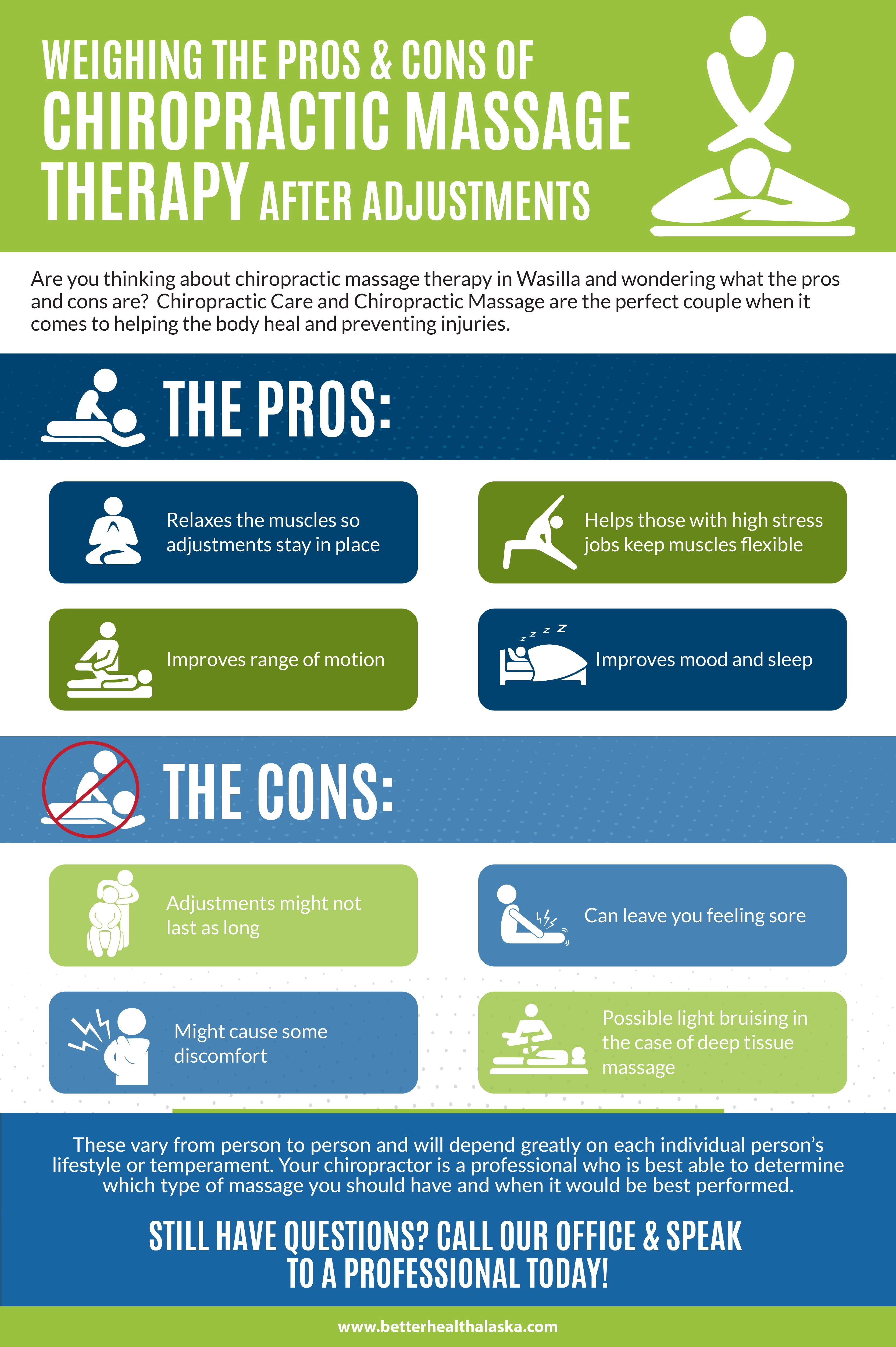A Meticulous Research Study Of Cold Laser Therapy Shows Its Transformative Healing Abilities And Sophisticated Mechanisms
A Meticulous Research Study Of Cold Laser Therapy Shows Its Transformative Healing Abilities And Sophisticated Mechanisms
Blog Article
Staff Writer-copyright Vang
When you think about discomfort relief and tissue recovery, cold laser treatment may not be the very first technique that comes to mind. Nevertheless, this innovative therapy uses low-level laser light to boost your cells and enhance healing procedures. By recognizing just how it functions, you can much better appreciate its benefits and prospective applications. Allow's explore the devices behind cold laser therapy and exactly how it could transform your method to healing.
Recognizing Cold Laser Therapy
Cold laser treatment, likewise called low-level laser therapy (LLLT), is a non-invasive treatment that takes advantage of light to advertise recovery.
https://www.dvm360.com/view/degenerative-myelopathy-does-laser-therapy-offer-new-hope makes use of specific wavelengths of light to target damaged tissues, decreasing pain and swelling while boosting mobile repair work. You do not need to fret about pain; the procedure is painless and commonly takes just a few mins per session.
Lots of people discover it a wonderful alternate to traditional pain administration techniques. You may be shocked to find out that it's flexible, dealing with different conditions, from joint pain to skin issues.
As you explore this treatment, you'll uncover how reliable it can be in boosting your general well-being and quickening recovery times without the need for medicines or intrusive treatments.
The Mechanisms of Action
When you undertake cold laser therapy, light photons permeate your skin and interact with cells at a molecular degree. This communication stimulates the mitochondria within your cells, boosting their energy production.
As a result, adenosine triphosphate (ATP) levels increase, sustaining cellular procedures crucial for healing. The therapy additionally increases circulation, promoting oxygen and nutrient shipment to the afflicted area.
Furthermore, it sets off the release of signaling particles that help reduce inflammation and regulate pain. By affecting these cellular features, cold laser treatment encourages cells fixing and regrowth.
You may observe decreased discomfort and faster recuperation times as your body responds to this non-invasive therapy, utilizing the power of light to promote healing from within.
Conveniences and Applications
Cold laser therapy offers a series of benefits that make it an important alternative for various wellness problems. You'll discover it effective for reducing discomfort, inflammation, and swelling, promoting quicker tissue healing.
https://weight-management66443.blogofchange.com/34945043/investigate-the-significant-duty-that-state-of-the-art-laser-treatment-plays-in-changing-pain-control-and-healing-methods -invasive treatment stimulates cellular activity, boosting recovery without the demand for medicines or surgery. Many clients report enhanced flexibility and improved lifestyle after sessions.
You can make use of cold laser treatment for problems like joint inflammation, sports injuries, and persistent pain. It's also advantageous for injury recovery and also skin renewal.
With very little negative effects, it's a secure alternative for numerous. Whether weight loss treatment in elmsford recouping from an injury or handling a chronic condition, cold laser therapy could be the solution you've been searching for.
Final thought
Finally, cold laser treatment uses a non-invasive method to promote recovery by enhancing mobile power and boosting flow. By targeting broken tissues, it helps reduce inflammation and alleviate discomfort, making it a useful option for different conditions. Whether you're recouping from an injury or managing persistent discomfort, this therapy could be the trick to restoring your health. Take into consideration checking out cold laser treatment as a corresponding method to your wellness trip.
